Discussion of the Week: Which Console Generation Was The “Golden Age” of RPGs?

For this week’s discussion of the week we are asking which console generation was the “golden age” of RPGs. By “golden age” we mean what was the best era for RPGs, or in other words which console generation produced the best and most memorable RPGs that are still relevant today. This question may be hard to answer with the old “nostalgia lens” clouding up our memories, but for the purposes of this discussion we tried to put nostalgia aside and instead tried to look objectively at the games that came out during each generation, and then analysed their impact on the RPG market.
For the purpose of this discussion we laid out a few ground rules in order to specify which console generations were relevant and worth discussing. The first rule is that we are only counting games that were released in The United States, otherwise this discussion would become very convoluted. The first console generation produced Home Pong, and the Nintendo Color TV, and for the purpose of this discussion have been excluded for obvious reasons. The second console generation, the Atari 2600, 5200, and the Nintendo Game & Watch have also been excluded for equally obvious reasons. There were also four more Atari consoles that produced little to no RPGs which include the 7800, the XEGS, the Lynx, and the Jaguar and for the purpose of this discussion have also been excluded. That leaves console generations three through eight (the current generation,) which we will lay out and provide some key examples of below.
Console Generation Three: NES, Master System
The first console generation that we considered for this discussion was generation three which included the NES and the Sega Master System. This was the console generation where RPGs as we know them today were created. This is the console generation that spawned the Final Fantasy series on the NES, Phantasy Star on the Master System, and the Dragon Warrior/Dragon Quest series. This generation without a doubt was a great one, setting the bar for RPGs to come in the future. So you might be thinking, “OK!, done!, it was generation three, RPGs were created, what else is there to talk about?” Well slow down for a minute let’s think about this. While RPGs were created during this generation technical features such as memory cards, internal batteries, and other similar technologies were not widely available yet, making it much harder to create grand scale RPGs that could be played for many hours. On top of these issues there is the problem of the amount of horsepower these consoles could put out, which by today’s standards was not a lot at all. However, this was still a great console generation that set the tone for the generation to come.
Notable Games
Nes: Final Fantasy, Dragon Warrior, Dragon Warrior III, Dragon Warrior IV, Ultima IV, The Legend of Zelda
Master System: Phantasy Star, Ys, Heroes of the Lance, Dragon Crystal
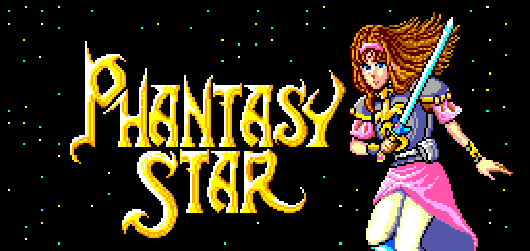
Console Generation Four: SNES, Game Boy, Mega Drive/Genesis, Game Gear
The second console generation that we considered for this discussion was generation four which included the Super Nintendo, the Game Boy, the Sega Mega Drive/Genesis, and the Sega Game Gear. This generation was home to the vastly improve Final Fantasy sequels, Final Fantasy II and Final Fantasy III. It was also home to the extremely popular Chrono Trigger, Pokemon Red, Pokemon Blue, Shining Force, and Phantasy Star series. Generation four took the games created in generation three and then added more horsepower, internal battery saves, and improved graphics. This was also the first generation where handheld gaming consoles came out, which allowed players to take their favorite RPGs on the go. While all of the games mentioned below are fantastic additions to the RPG genre, they were still basically the same types of games that we saw in generation three. So was generation four the “golden age” of RPGs? Well you will have to stick it out until the end to find out!
Notable Games
SNES: Final Fantasy II, Final Fantasy III, Chrono Trigger, Super Mario RPG, Breath of Fire, Earthbound, Secret of Mana, The Legend of Zelda
Game Boy: Pokemon Red/Blue, Final Fantasy Legend, Dragon Warrior 3
Mega Drive/Genesis: Shining Force II, Phantasy Star IV, Lunar: Eternal Blue
Game Gear: Shining Force: The Sword of Hajya
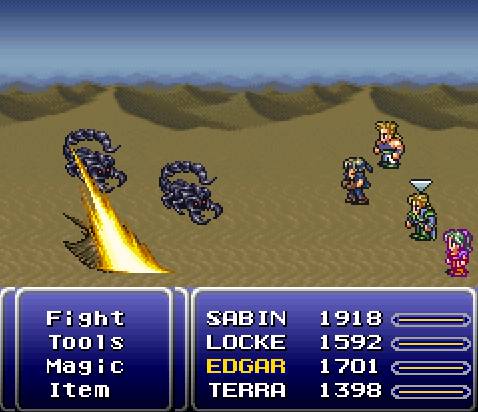
Console Generation Five: Nintendo 64, Game Boy Color, Saturn, Playstation
The third console generation that we considered for this discussion was generation five which included the Nintendo 64, Game Boy Color, Sega Saturn, and the Sony Playstation 1. This was the first generation where we saw polygons, and full 3D games become mainstream and relevant. While we did see some RPGs come from Nintendo such as Ocarina of Time and Paper Mario this was the generation where we saw the shift of most RPGs from Nintendo to Sony consoles. The sheer amount of RPGs on the Playstation 1 was impressive, and we relieved some classics such as Final Fantasy VII, the other Final Fantasy games, Legend of Dragoon, Suikoden, Grandia, and many many more. While some timeless classics were created during this generation it was not without its problems. Some of the problems took the form of load times and clunky controls.
Notable Games
Nintendo 64: Quest 64, Ogre Battle 64, The Legend of Zelda Ocarina of Time, Paper Mario
Game Boy Color: Pokemon Gold/Silver, The Legend of Zelda: Link’s Awakening DX, Legend of the River King
Saturn: Shining Force III, Panzer Dragoon Saga, Grandia
Playstation: Final Fantasy VII, Final Fantasy VIII, Final Fantasy IX, Legend of Dragoon, Chrono Cross, Tales of Destiny II, Xenogears, Suikoden
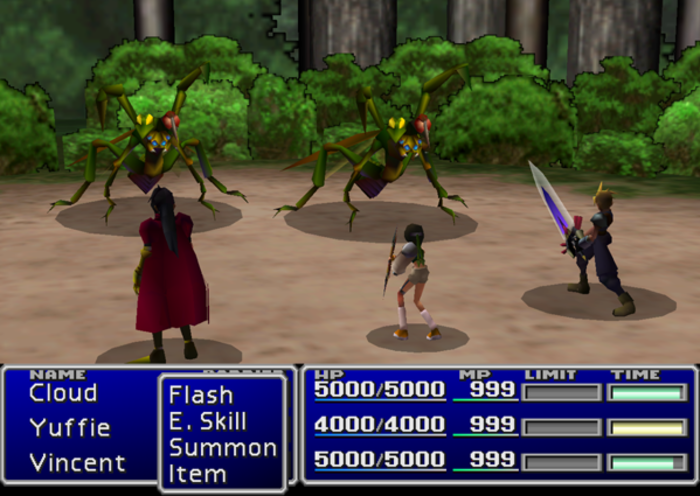
Console Generation Six: Xbox, GameCube, Game Boy Advance, Dreamcast, Playstation 2
The fourth console generation that we considered was generation six which included the Microsoft Xbox, Nintendo GameCube, Game Boy Advance, the Sega Dreamcast, and the Sony Playstation 2. This generation was an impressive one, with tons of high quality ports to the Game Boy Advance, some very significant improvements to technology as seen in the Xbox and Sega Dreamcast, and some extremely large game libraries as seen for the Playstation 2. This generation brought us Fable, Tales of Symphonia, a Paper Mario sequel, Golden Sun, Skies of Arcadia, Final Fantasy X, Persona 3 & 4, and countless more. This generation without is a tough one to top, if not by the sheer amount of RPG titles available for it.
Notable Games
Xbox: Star Wars: Knights of the Old Republic, Fable, Shenmue II, The Elder Scrolls III: Morrowind, X-Men Legends
GameCube: Tales of Symphonia, Custom Robo, Final Fantasy: Crystal Chronicles, Baten Kaitos, Fire Emblem: Path of Radiance, Paper Mario: The Thousand-Year Door
Game Boy Advance: Final Fantasy Tactics Advance, The Legend of Zelda: The Minish Cap, Mario & Luigi: Superstar Saga, Golden Sun, Pokemon Sapphire/Ruby, Fire Emblem: The Sacred Stones
Dreamcast: Skies of Arcadia, Shenmue, Grandia II, Phantasy Star Online 1/2, Record of Lodoss War
Playstation 2: Final Fantasy X, Final Fantasy XII, Persona 3, Persona 4, Dragon Quest VIII, Kingdom Hearts, Dark Cloud, Shadow Hearts, Xenosaga, Odin Sphere, Star Ocean Till the End of Time, Rogue Galaxy
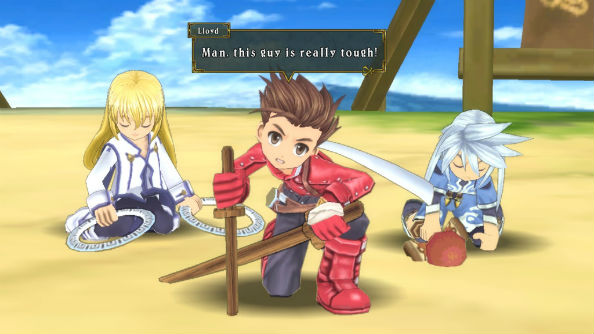
Console Generation Seven: Xbox 360, Wii, DS, Playstation 3, Playstation Portable
The fifth console generation that was considered for this topic was generation seven which included the Microsoft Xbox 360, Nintendo Wii, DS, the Sony Playstation 3, and the Playstation Portable (PSP). This is the generation that brought you somewhat recent classics such as the Mass Effect series, Xenoblade Chronicles, Demon’s Souls, Valkyria Chronicles, and many more. While there were a plethora of titles available for true RPG fanatics Nintendo home consoles were still lacking in this department, with only a handful of games available. While some of these home consoles were not that into making RPGs the Playstation 3 was an exception. This was the system where we saw a large number of Japanese role playing games being ported, and its lack of region locking allowed fans to give some exclusives a chance. Handhelds during this time also picked up in regards to RPGs and we saw tons of great RPGs on the Nintendo DS, as well on the Sony PSP. While there are some hidden gems in this generation such as Ni No Kuni on the PS3, and The World Ends With You on the DS, this generation as a whole was severely lacking for hardcore RPG fanatics.
Notable Games
Xbox 360: Mass Effect 2, The Elder Scrolls V: Skyrim, The Elder Scrolls IV: Oblivion, Mass Effect 3, Fable II, Tales of Vesperia
Wii: Xenoblade Chronicles, The Last Story, Fire Emblem: Radiant Dawn, Super Paper Mario, Muramasa: The Demon Blade, Pandora’s Tower
DS: The World Ends With You, Contact, Phantasy Star 0, Pokemon White/Black, The Legend of Zelda: Phantom Hourglass, Chrono Trigger
Playstation 3: Demon’s Souls, Ni No Kuni, Valkyria Chronicles, Final Fantasy XIII, Dragon’s Crown, Tales of Graces
PSP: Final Fantasy Tactics: The War of the Lions, Kingdom Hearts: Birth by Sleep, Valkyrie Profile: Lenneth, Half-Minute Hero, Wild Arms XF, Jeanne D’Arc
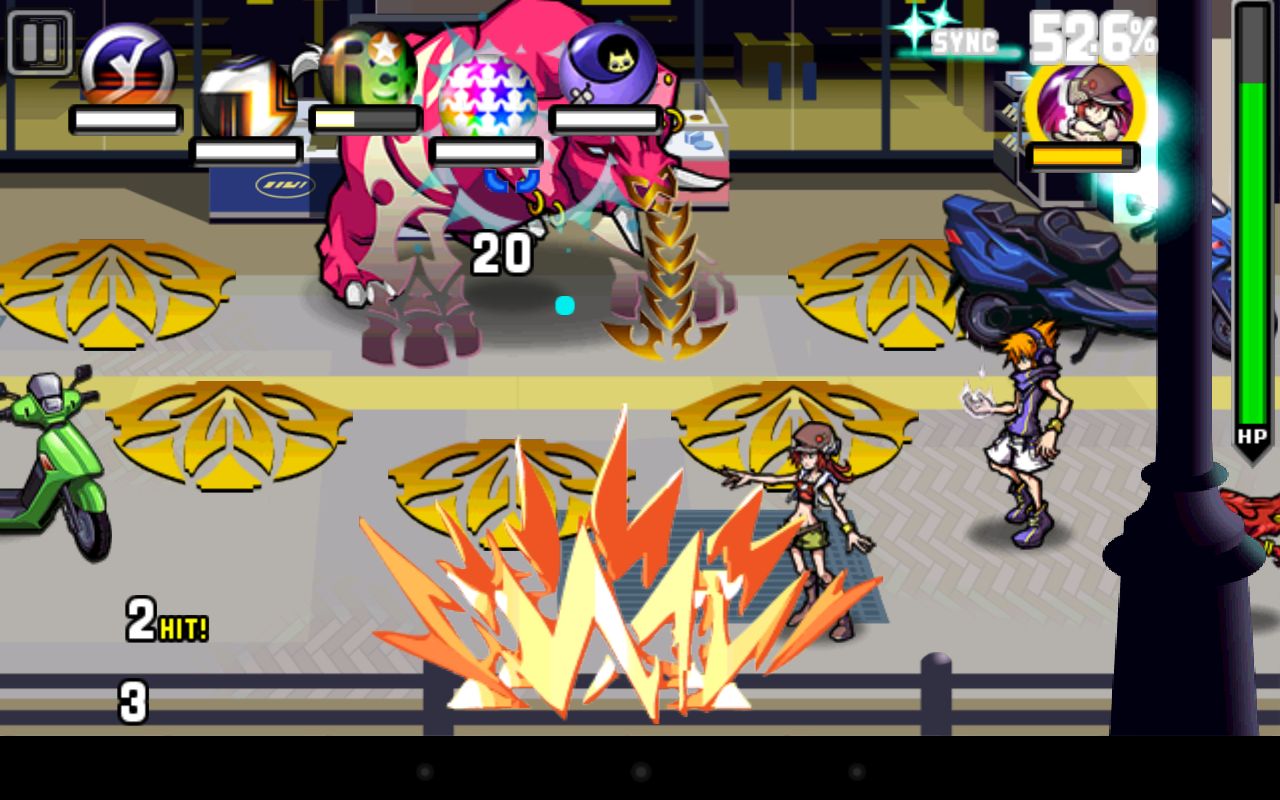
Console Generation Eight: Xbox One, Wii U, 3DS, Playstation 4, Vita
The sixth console generation that was looked at during this discussion was the current generation, or generation eight, which includes Xbox One, Wii U, 3DS, Playstation 4, and the PS Vita. This generation so far has been an overall mixed bag. While consoles such as the Xbox One, Playstation 4, and Nintendo Wii U have very few RPGs available, handhelds have picked up the slack and there are too many available on the console to begin to count. Some recent successes on the current generation of handhelds include Bravely Default, the Monster Hunter series, Xenoblade Chronicles 3D, Persona 4 Golden, Disgaea 4, and many many more. While home consoles during this generation, at least for us, have been a major disappointment there are some on the way that have gotten us very excited such as Final Fantasy XV, and Persona 5.
Notable Games
Xbox One: The Witcher 3: Wild Hunt, Fallout 4, Dark Souls III
Wii U: Xenoblade Chronicles X, Monster Hunter 3 Ultimate, Tokyo Mirage Sessions #FE, The Legend of Zelda Windwaker HD, Twilight Princess HD
3DS: Pokemon X/Y, Monster Hunter Generations, The Legend of Zelda: A Link Between Worlds, Monster Hunter 4 Ultimate, Xenoblade Chronicles 3D, Bravely Default, Bravely Second, Shin Megami Tensei IV
Playstation 4: Bloodborne, Odin Sphere Leifthrasir, Destiny, Tales of Zestiria, Fairy Fencer F: Advent Dark Force
Vita: Persona 4 Golden, Ys Memories in Celceta, Tales of Hearts R, Freedom Wars, Disgaea 4
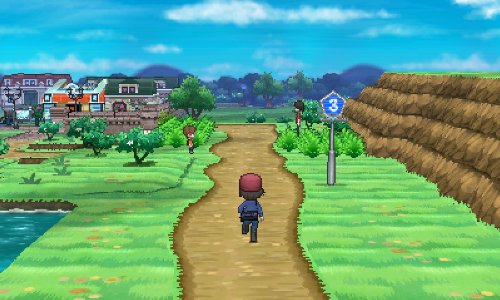
So what was the “Golden Age” of RPGs?
Generation three where was it all began, generation four was where the formula was perfected, generation five was where we first saw legitimate 3D, generation six is where we saw an enormous library and various technological advancements, generation seven was where handhelds stole the show, and generation seven is where we are still waiting for some magic to happen. So which generation was the “golden age” of RPGs? We had to go with generation six, or the Xbox, GameCube, Game Boy Advance, Dreamcast, and the Playstation 2. This generation had it all; an enormous library of RPGs, amazing handheld ports that drew the best from the SNES, and some significant improvements in technology. While generation four was a close second place, generation six just had so many great titles we just had to go with it.
So what was your favorite generation for RPGs? Let us know in the comment section below, and be sure to check out this week’s podcast where we will be discussing this topic at great length.
